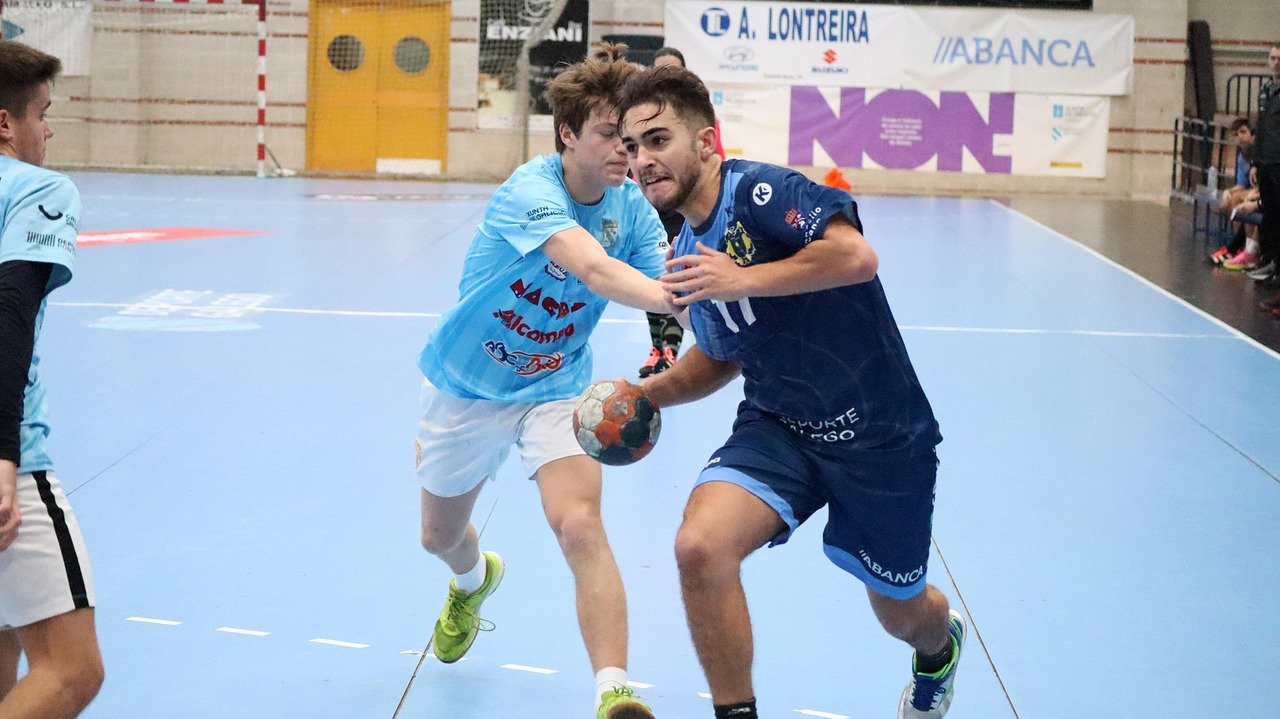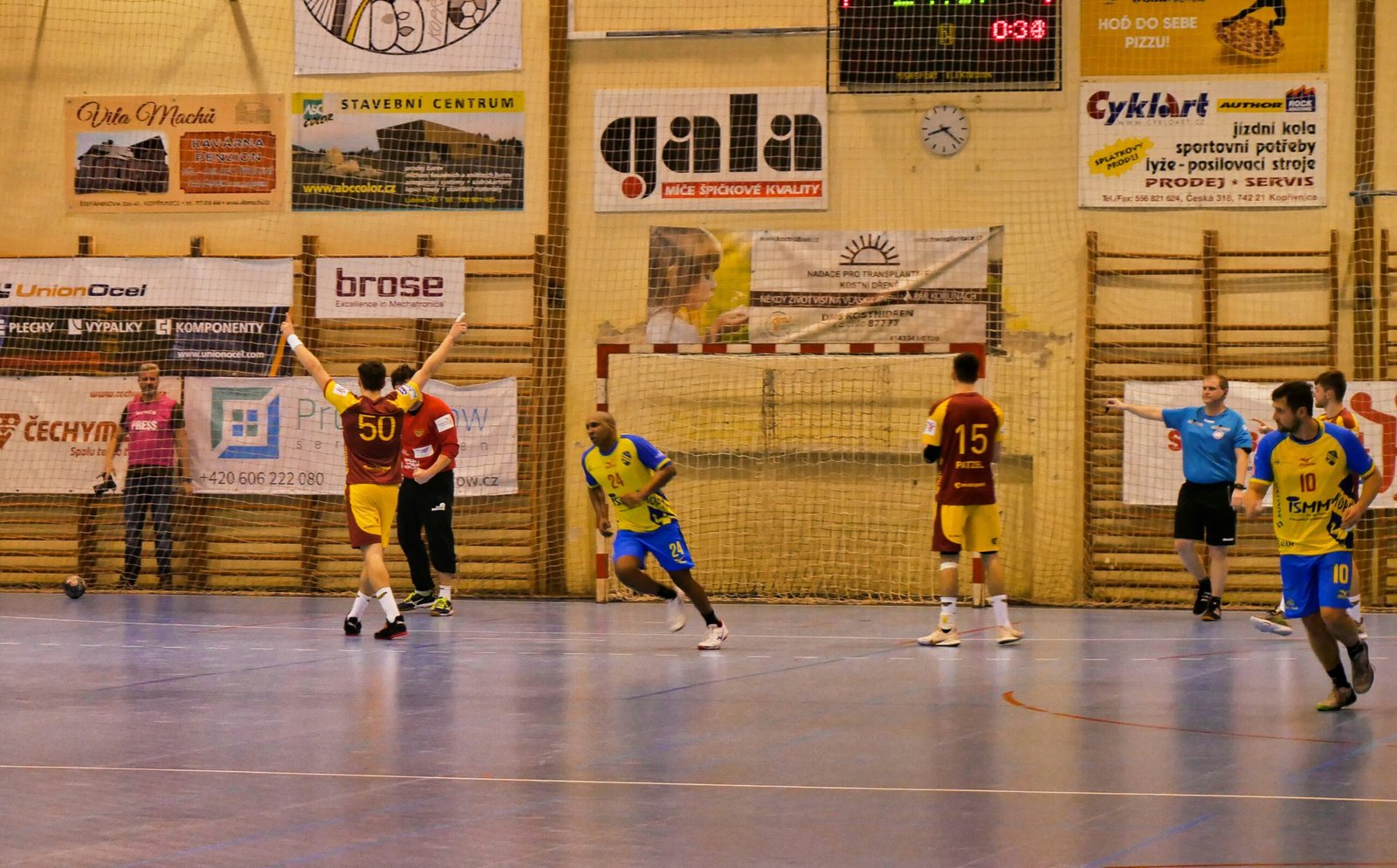Watching elite handball players is one of the best ways to improve your own game. While tactics and training are essential, seeing how professionals apply skills in high-pressure situations provides unique insight. Depending on your playstyle, position, and even your physical build, certain players offer more relevant inspiration. Below is an extensive guide to men’s handball players you should watch, broken down by playstyle and considerations such as height and role.
Playmakers and Centre Backs
If you enjoy dictating tempo, creating opportunities, and serving as the brain of the attack, centre backs and playmakers are essential viewing.
- Mikkel Hansen (Denmark, Paris Saint-Germain) – Known for his vision, long-range shooting, and tactical intelligence, Hansen shows how taller playmakers (standing 1.92m) can use reach to pass over defenders and still maintain control of the attack.
- Domagoj Duvnjak (Croatia, THW Kiel) – A perfect example of a versatile playmaker who blends defensive work rate with creative attacking flair. At 1.98m, Duvnjak demonstrates how a bigger playmaker can combine strength and vision to control both ends of the court.
Powerful Backcourt Shooters
Tall, strong, and explosive shooters from the backcourt dominate modern handball. Watching them shows how to leverage height and jumping ability to generate unstoppable shots.
- Sander Sagosen (Norway, Kolstad) – At 1.95m, Sagosen combines height with speed, proving that tall backs don’t need to sacrifice agility. His outside shooting and ability to break through defences are key learning points.
- Dika Mem (France, Barcelona) – Slightly shorter at 1.94m but immensely powerful, Mem demonstrates how athleticism and timing can outmatch pure height. His step-shots are ideal for players learning to create space against a tight defence.
Wingers and Speed Specialists
For players who rely on pace, agility, and precise finishing from the wing, watching world-class wingers is essential. These players often thrive despite not being the tallest on the court.
- Luc Abalo (France, retired) – At 1.82m, Abalo proved that shorter players can become legends through agility, aerial acrobatics, and composure. His creativity from the wing remains an inspiration.
- Dylan Nahi (France, Kielce) – A new generation wing standing at 1.95m, Nahi shows how taller wings are becoming increasingly valuable, using height both in attack and defence.
Line Players and Pivots
The pivot position requires physical strength, positioning, and the ability to hold ground against defenders. Height is beneficial but not the only factor.
- Bence Banhidi (Hungary, Szeged) – At 2.00m, Banhidi dominates physically, demonstrating how height and power combine to make a pivot unplayable. His timing and screening ability are textbook examples.
- Ludovic Fabregas (France, Barcelona) – At 1.98m, Fabregas blends size with agility. He proves that pivots are not just static targets but can be active playmakers in attack.
Goalkeepers to Study
Goalkeepers vary in size, but watching different styles teaches you how reflexes, positioning, and presence matter as much as height.
- Niklas Landin (Denmark, Aalborg) – At 2.01m, Landin is the prototype of a tall keeper who uses his frame to dominate angles.
- Gonzalo Pérez de Vargas (Spain, Barcelona) – At 1.89m, he shows how slightly shorter keepers can thrive with anticipation, reflexes, and lightning-quick movement.
Matching Height and Playstyle
If you are shorter (<1.80m), study wingers like Abalo. Their agility, creativity, and ability to finish under pressure are invaluable learning tools.ou want to play.
If you are taller (1.90m+), focus on shooters like Hansen, Sagosen, or pivots like Banhidi. Their use of reach and strength mirrors what you can build into your own game.
If you are of average height (1.80m–1.90m), look at versatile players like Duvnjak or Pérez de Vargas, who blend mobility and strength.



